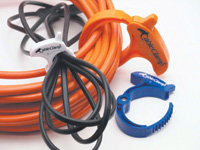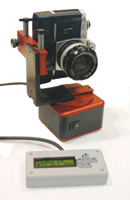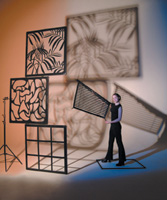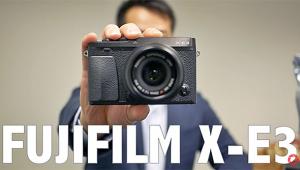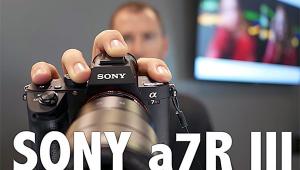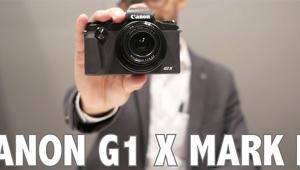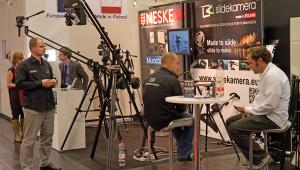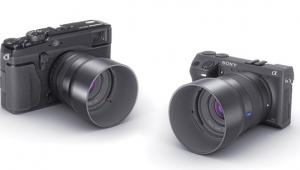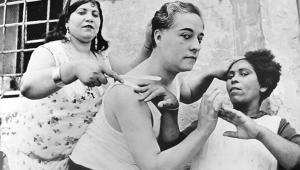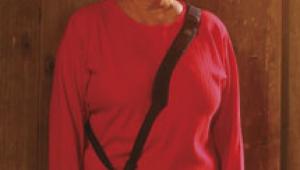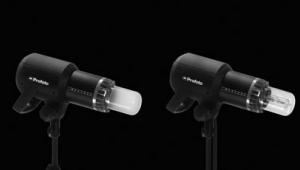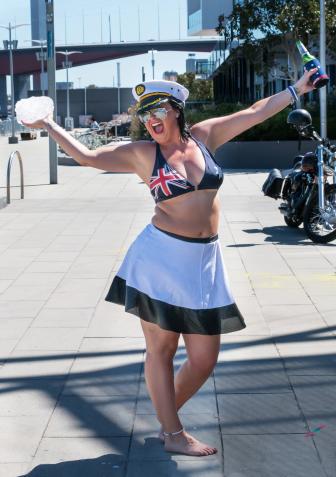Accessories And Weird Stuff
From The Really Useful To The Odd Lot
As noted in my other entry, on cameras and tripods, the number of small manufacturers and distributors of useful accessories and "Weird Stuff"--all those things that don't really fit into the usual categories--has fallen gradually at every PMA I have attended in the last 15 years or so. Despite this, there are still plenty of things that are either new, or just don't get the exposure they deserve elsewhere. The Hicks Award High Weirdness Seatable Brackets |
|
Shadowless Lighting Single-Shot Panoramic |
|
Quick Release Base, Clamp & Clean |
|
Studio Stuff |
|
Glass Etch Images Options To Digital Corrected Viewing Lights |
